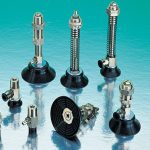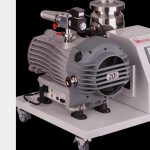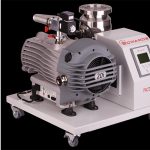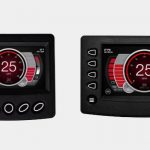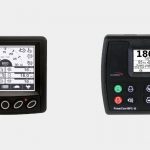For decades, hydraulic valves have operated in more or less the same simple way: they flipped back and forth, opening first one line, and then another. Normally, one pipe was the ‘do nothing’ line, and one was the ‘do something’ line. But as our understanding of hydraulic systems increased, our desire to manipulate them in more precise manners piqued — and in response, different kinds of valves developed. Here’s a brief summary of the three major types of hydraulic valve.
Directional Valves
Also known as ‘switching valves,’ or more colloquially, ‘bang-bang valves’ because of the noise they made when switching, these are the valves described above. Directional valves have evolved over the past decades, however, from a simple left-right decision to a single valve that can contain several different outputs. Many also moderate the speed of the hydraulic fluid by altering the aperture through which it can flow.
Directional valves are useful, but simple: every change in direction, flow, or pressure requires its own directional valve, making even modestly complex hydraulic circuits enormous in size and expensive to produce.
Proportional Valves
Proportional hydraulic valves use solenoids to allow the valve to take any desired position between and including ‘closed,’ ‘left output,’ and ‘right output.’ This means they can adjust the flow to any proportion between the two outputs. This gives the ability to put speed, flow, and directional controls all on a single valve, dramatically reducing the space taken up by a complex circuit.
In addition, the ability of a proportional valve to adjust the speed of a circuit anywhere between ‘stop’ and ‘full power’ means that a single source and a single hydraulic pump can be used to power a wide variety of hydraulic devices, even if they require entirely different flow speeds and/or pressures to operate. That meant not only were circuits smaller, but there were fewer circuits necessary for any given set of jobs.
Servo Valves
Servo valves aren’t new — they’ve been around since the 1940s — but they’re rare, because they’re expensive. They operate using a combination of input pressure from the hydraulic line and electronic controls to create a valve that doesn’t ‘bang-bang’ — it moves smoothly and accurately. The net effect is that a servo valve lasts a very long time, responds quickly to controls, and has low hysteresis compared to the other two valve types.











